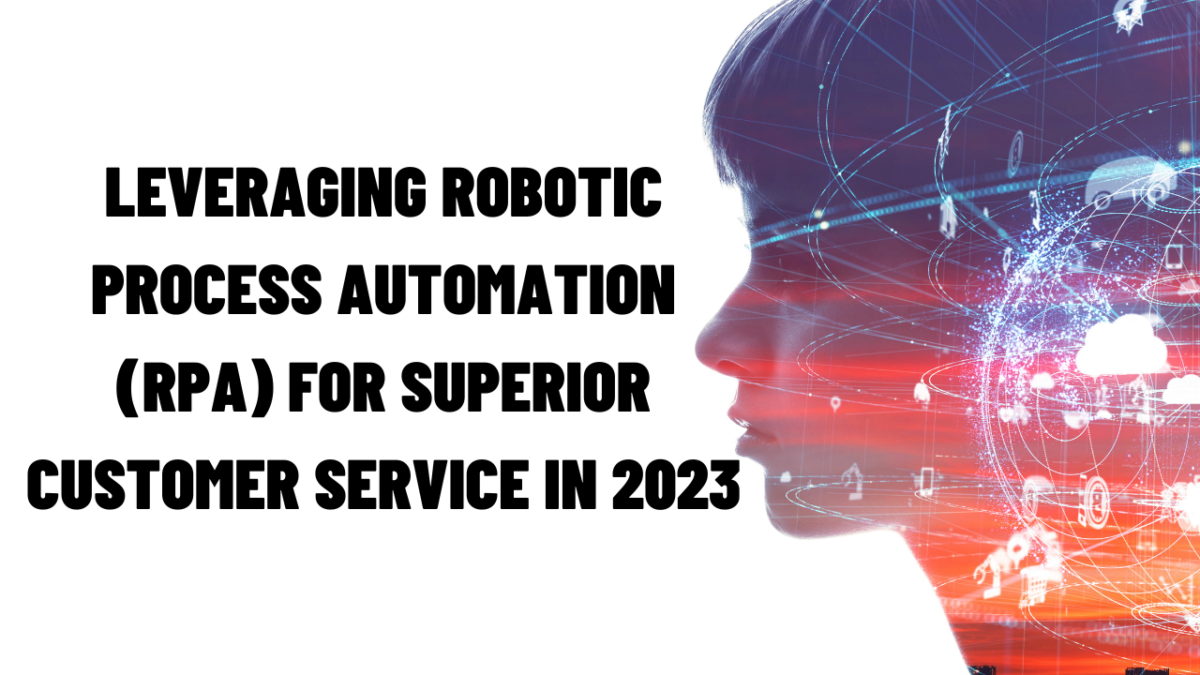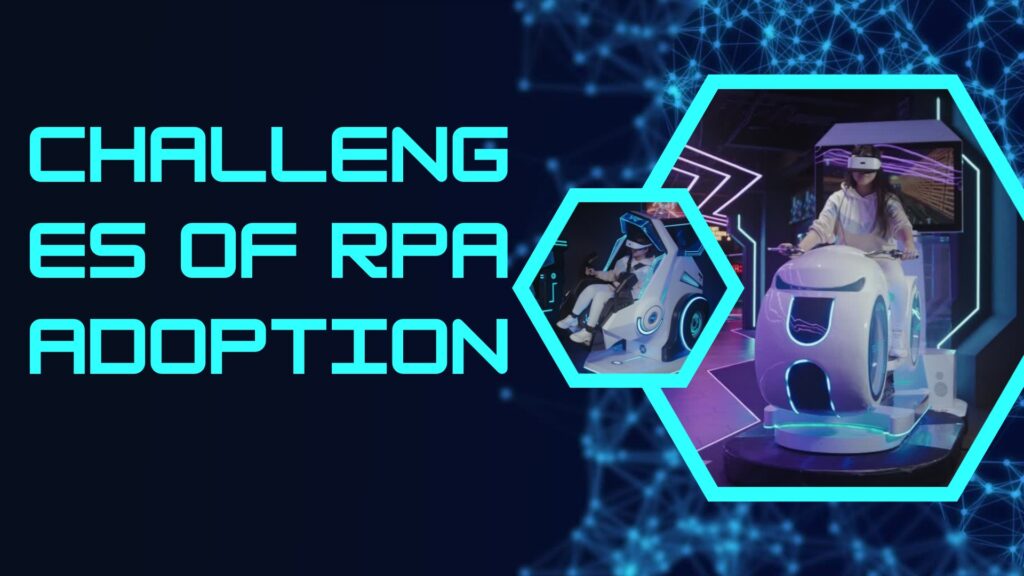Leveraging Robotic Process Automation (RPA) for Superior Customer Service in 2023

In the last few years, the prevalence of Robotic Process Automation (RPA) in various industries has dramatically increased, with a noteworthy focus on customer service. A 2021 study discovered that nearly 20% of companies have started utilizing RPA to automate a wide range of back-office tasks. With their capability to handle repetitive, rule-based tasks, RPA bots offer a significant reduction in the workload of customer service teams. However, certain challenges persist, as some users still prefer interactions with live agents for their inquiries.
Leveraging Robotic Process Automation (RPA) services in mobile application development has revolutionized the way businesses streamline their processes and enhance productivity. RPA brings automation to repetitive and rule-based tasks, allowing developers to focus on more creative and complex aspects of mobile app development. By employing RPA in the development lifecycle, companies can significantly reduce the time and effort required to build mobile applications. RPA tools can automate various stages of the development process, including code generation, testing, and deployment, leading to faster time to market. Furthermore, RPA ensures accuracy and consistency in mobile app development by minimizing human errors and standardizing development practices.
In this comprehensive guide, we delve deeper into the benefits, challenges, and use cases of Robotic Process Automation in customer service.
RPA’s Role in Streamlining Customer Service
RPA bots are designed to emulate human interactions with Graphical User Interface (GUI) components, allowing them to accomplish mundane, rule-based tasks with ease. Their functionalities extend to answering frequently asked questions (FAQs), downloading customer emails, and retrieving data from databases (for instance, product prices, shipment details, troubleshooting tips). This makes RPA a critical tool in improving customer service by:
- Collecting valuable data for enhanced analytics
- Delivering consistent and rapid responses
- Minimizing data errors like outdated information, file transfer duplicates, and unverified customer data
- Offering uninterrupted 24/7 service
- Alleviating the customer service team’s workload
Noteworthy Use Cases of Robotic Process Automation in Customer Service
The utility of RPA extends to a multitude of tasks in customer service, which include:
1. Empowering Customer Service Representatives
Approximately 63% of customers expect customer service representatives to be aware of their unique needs and anticipations. They want reps to know them by their name, be cognizant of their purchase history, and more. To address this demand, RPA bots can pull up a customer’s data like demographics, purchase history, previous complaints, or tickets. This data can then be provided to the customer service rep beforehand, helping them predict customer inquiries and resolve issues swiftly.
2. Simplifying Customer Account Creation
Each customer typically has an account in a business’ Customer Relationship Management (CRM) database. These accounts contain various information including the customer’s name, ID, contact details, credit card information, and purchase history. Rather than manually inputting this data, an RPA bot can automatically extract relevant information from recorded conversations, fill out forms, validate payment details against bank records, and notify customers when their account is ready.
3. Managing Customer Refunds
RPA bots can extract customer refund inquiries from emails, texts, or ticketing systems, and set the refund process in motion without any need for human intervention. Additionally, the bot can send a notification to the user via email or text, informing them about the completion of their refund process.
4. Resolving Rule-based Issues
RPA bots are equipped to resolve simple customer issues automatically, such as renewing customer passwords, modifying orders (like changing the delivery address, or requesting return codes), or altering payment information. This automated problem resolution streamlines customer service and enhances user satisfaction.
5. Updating CRM Data
RPA bots are capable of pulling data from business databases, like past customer purchases, interactions with customer service representatives, cold calls, and emails, and updating the CRM data accordingly. A workflow for issue resolution is then created based on the assigned priority level, and the customer is informed about the refund decision.
6. Reporting Customer Complaints
Using Natural Language Processing (NLP) and Optical Character Recognition (OCR), RPA bots can comprehend customer complaints in emails or texts, extract the pertinent data, and log it into spreadsheets or text documents. The generated reports can be sent to relevant customer support staff, used to detect recurring issues, and archived for compliance and audit purposes.
7. Automating Email Responses
RPA bots can pull data from various databases to generate emails in response to customer requests. For instance, these emails can provide shipment tracking or delay information, answer queries about store locations and opening hours, provide troubleshooting guidance, or offer information about promotions and discounts. These bots can also generate closure emails for completed issue tickets.
Moreover, AI-enabled RPA can handle more complex customer issues, leveraging NLP to detect customer intent in an email or text, and utilizing Machine Learning (ML) algorithms to understand the importance of an issue and adjust customer service rep’s schedules accordingly.
Overcoming the Challenges of RPA Adoption in Customer Service

While RPA offers a multitude of benefits, it’s not without its challenges. Many users still prefer interacting with a live agent, believing that a human will better understand their issue. However, as automation in customer service becomes more common, users are gradually becoming more accepting of chatbots or RPA bots. They assert that whether they’re assisted by an AI tool or a human is irrelevant, as long as their queries are adequately addressed.
The key to overcoming these challenges lies in striking the perfect balance between automation and human interaction, ensuring that while automation drives efficiency, it does not compromise the human touch that is often crucial in customer service.
In summary, with advancements in technology and increasing user acceptance, RPA is poised to play a significant role in shaping the future of customer service. Organizations that effectively adopt and integrate RPA into their customer service operations stand to gain substantial benefits in terms of cost savings, efficiency, and improved customer satisfaction.

